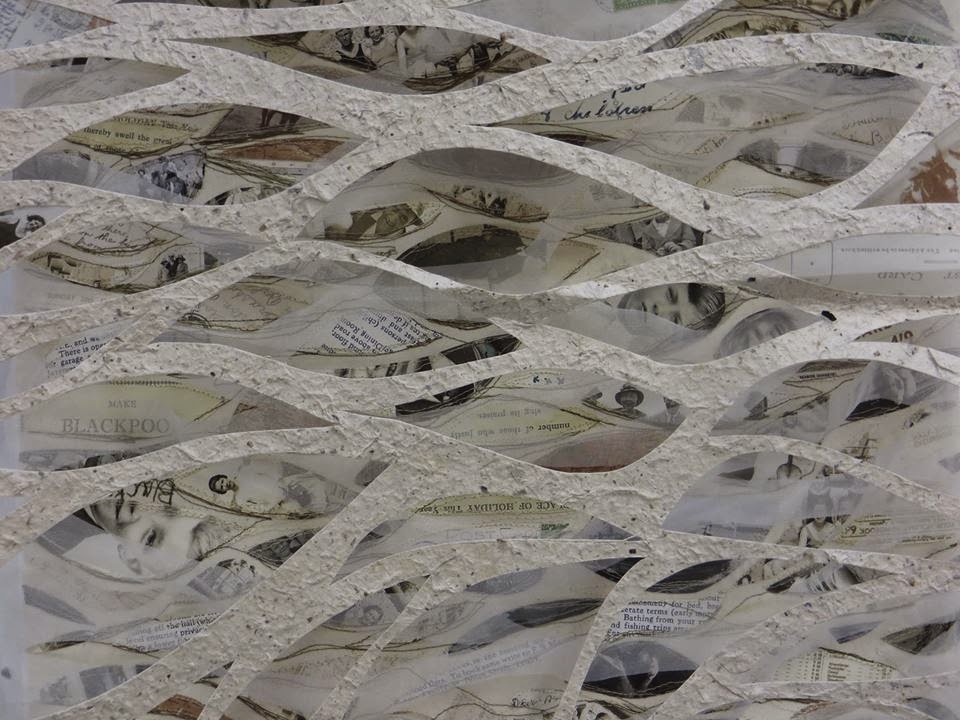The first semester of my final year is almost over and I've started to reflect on the past few months - time to get up to speed with what I've achieved since September.
At the start of my third year, it seemed as though everything I've been working for had reached a crucial point - a point I'd been desperate to get to so I could finally work to my own briefs... With the benefit of hindsight, it wasn't really surprising that I had absolutely no idea where to start. There were too many projects, too many things I wanted to run with and too many things I wanted to design. My problem every time - how do you commit to just one idea?
Thankfully, a short 'kick start' project brief was handed to me - a lovely distraction from the stress of writing my own breif. I was required to pick a square metre of any surface and produce a piece which would fit inside a 50cm square box.
As a slight coast obsessive, the beach was my first port of call. On this beautiful, autumn day, I found that I was captivated by the formations the sea left in the sand. True to my sentimental-self, I sat and wondered about the amount of history Blackpool's beach really had. Ever-changing, the sand has fascinating qualities, but it has also carried decades of history.
Local beaches (Blackpool, Southport, Morecombe, Formby) were where my Grandparents went on ritualistic family holidays. The photograph above is such a precious image for me - my Grandma and her sister standing on the sand, adding a story to the rich history of the British seaside. I wanted to find a way to capture the beauty of the physical layers of sand I photographed and the metaphorical layers of history and narrative, too. It was also really important for me to include personal aspects though my Grandma's photographs, which often feature in my work.
This was my result - a layered textile and paper piece which I suspended to allow movement between the layers. The length of the project meant that working in clay wasn't really practical and even though I longed to do something familiar with a material I love, working with stitch was really interesting. I designed the first layer to be very visually rich - a textured surface brimming with treasured ephemera and old photographs. Gradually, these visual aspects fade out - reflecting the reality for seaside towns like Blackpool. It's hardly a top-tourist spot these days.
The decline of seaside towns in the UK is something that's provoked my ideas in the past. At the time, I didn't realise that a piece I wasn't too pleased with would be a major stepping stone in my current design process.







